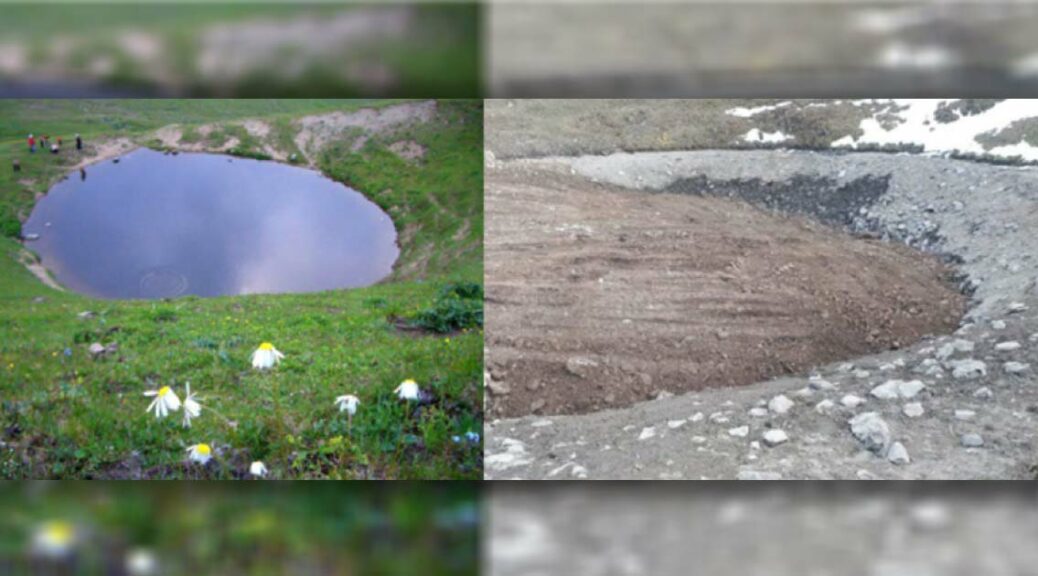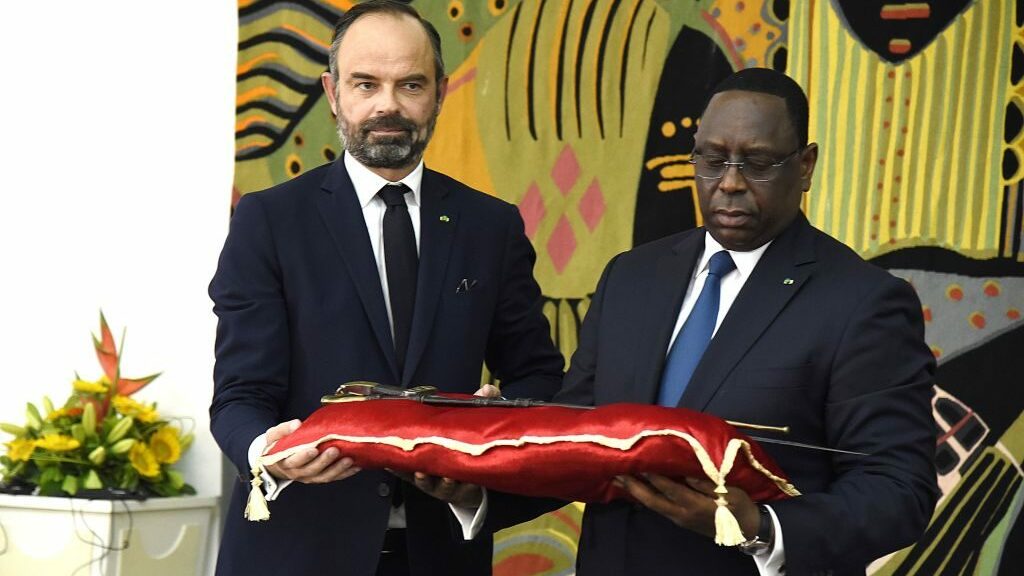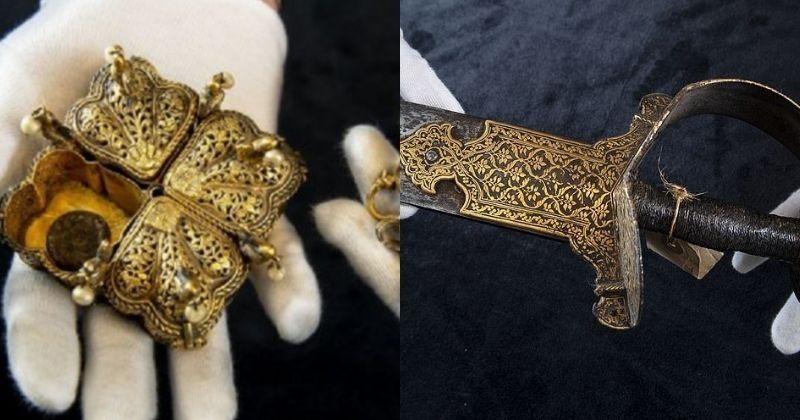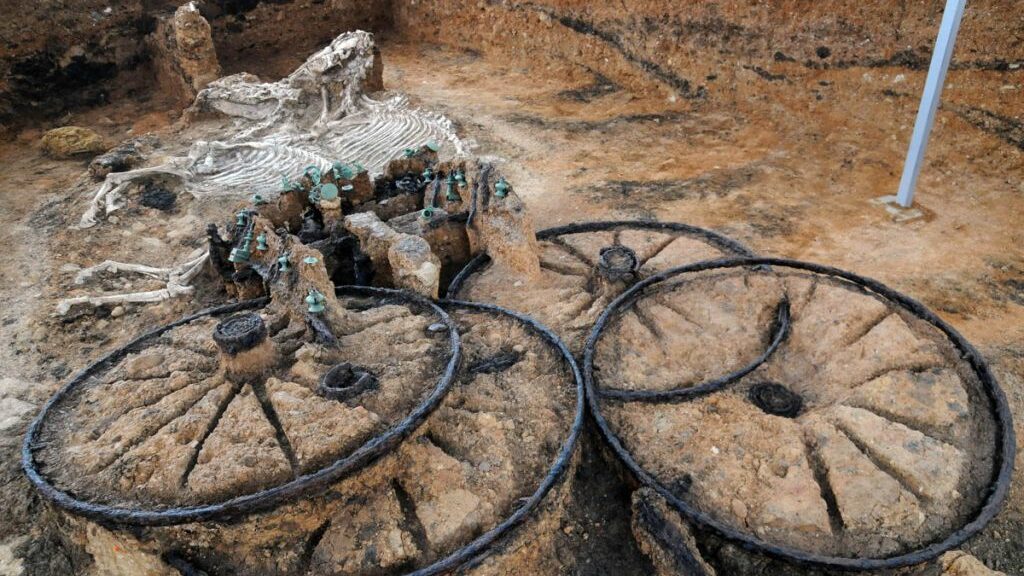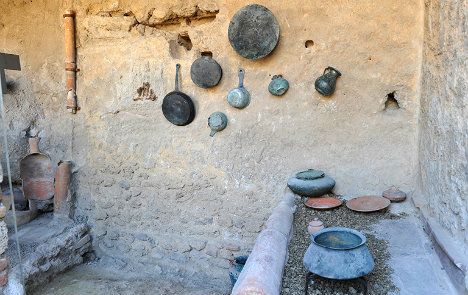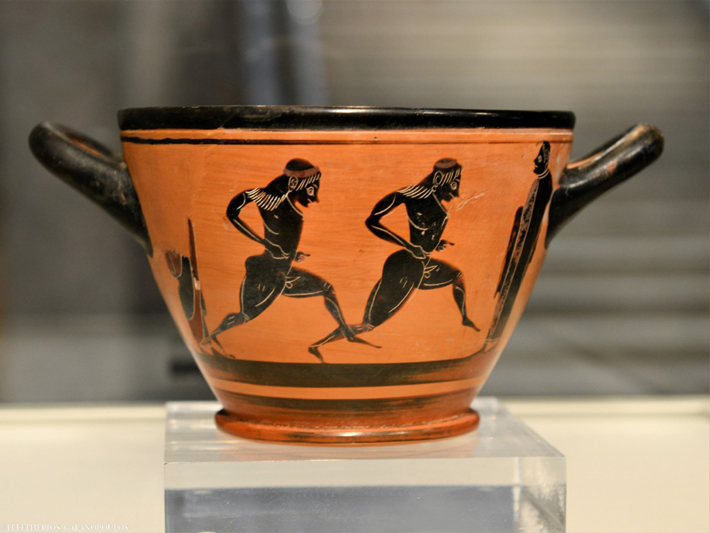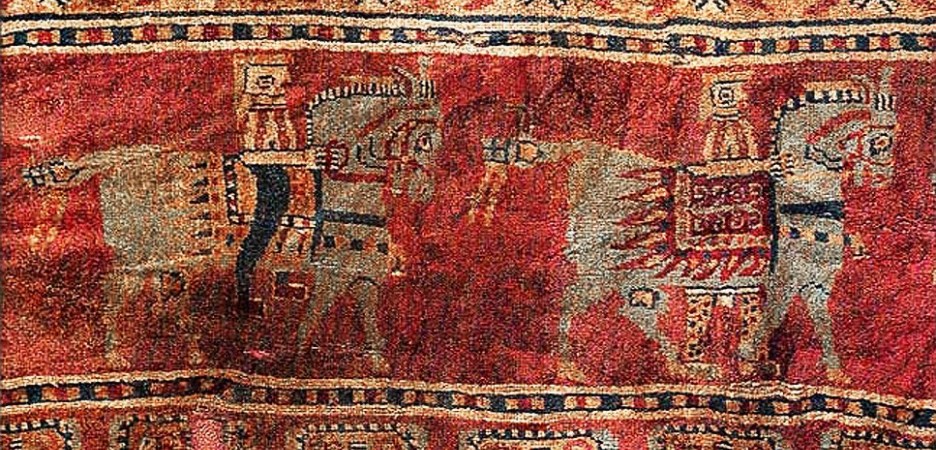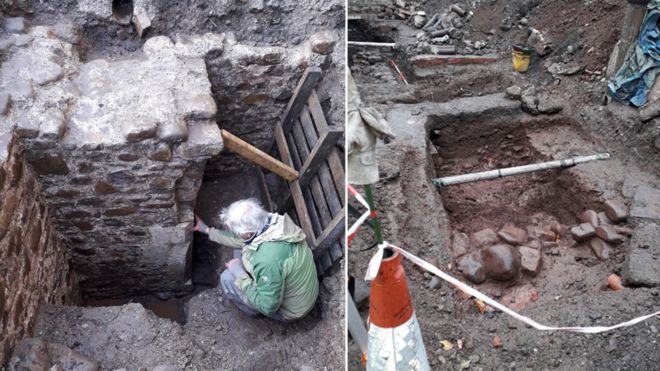12,000-Year-Old Lake Destroyed in Treasure Hunt for Roman Gold
Dipsiz Lake, a 12,000-year-old glacial lake in Turkey’s north-east Gümüşhane province, had been desiccated by two men, including a ruling party official, who were looking for a treasure.
Fatih Sözen, district chairman of the ruling Justice and Development Party (AKP), is one of the two people who applied for a treasury search permit, the Turkish daily Hürriyet reported on Sunday.
The Culture and Tourism Board of Gümüşhane approved the permit for the excavation, which was carried out under the supervision of the director of the Gümüşhane Museums and officials of the provincial gendarme.

The lake was drained to search for treasure believed to have been left behind by one of the largest legions of the ancient Roman Empire in the Anatolian peninsula. Efforts ended after five days when no treasure was found.
Turkish law allows for permits to be issued to treasure hunters if the area to be searched does not have protected status and spans less than 100 square meters.
The Culture and Tourism Ministry issued a statement that said an inquiry had been launched into the matter and those responsible had been suspended.
“A primitive and unscientific treasure hunt approach has destroyed the lake,” Geophysics professor Ahmet Ercan told Hürriyet.
Upon public outcry, the Gümüşhane governorate announced efforts to rehabilitate the lake. Landscape architecture professor Ertan Düzgüneş said the lake ecosystem had evolved over 12 thousand years, and could not be artificially restored.
Chamber of Environmental Engineers Chairman Baran Bozoğlu called for new legislation on treasure hunting.

Hunting Lost Roman Treasure
It is known there were four Roman legions stationed in ancient Turkey.
In August last year, according to Hurriyet Daily News, a team of 25 archaeologists, including Bernard Van Daele of the Leuven University Archaeology Department, began archaeological excavations at the site of a Roman legionary base in the ancient city of Satala, in the northern province of Gümüşhane’s Kelkit district.
Four great legion castles were built in Anatolia and Satala is located in the northeast in the plain areas.
This is where Apollinaris 15th legion protected the northeastern border of the Roman Empire along the Euphrates River.

Gümüşhane was an area famous for the mining of silver and gold in ancient times and this is another reason why the 15th legion was positioned here, to protect both the border and the mines.
“What Ignorance”
While the Governor’s Office has not revealed any information as to the nature of the “Roman Treasure” it is likely the two excavators believed that the lake was “not” Ice Age, that it may have been caused by Roman gold mining, and was concealing the entrance to an ancient mine.
And as I am sure you can imagine, even though the governor granted permission for this treasure hunt, a tide of angered scientists are speaking out against this cultural outrage.
Coşkun Eruz, head of the Preservation of Natural and Historical Sites Association, told Hurriyet Daily News that legally official permission should be taken from “at least five state institutions” for such an excavation.
This system assures no fish, bird, or other animal species would be harmed and that no aspects of the ecosystem would be damaged. And furthermore, Eruz said that even though Gümüşhane was an area where important silver and gold mines existed in ancient times, it is not possible that any ancient treasure would be hidden in the lake: “What ignorance!”
